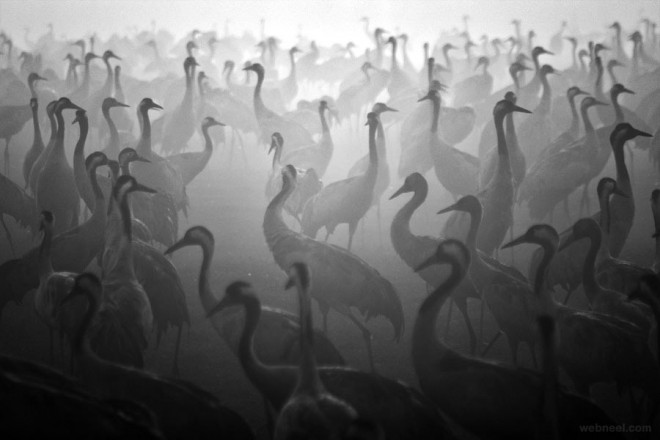
What is Monochromatic Photography?
To know the meaning of monochrome photography, you need to go back to the ancient Greek time, from where this term has derived. The word “mono” means “single,” and the word “chrome” means “color.” Keeping this in mind, we can state that monochrome photography means photos that contain only a single color, with variations of hue in different tints and shades.
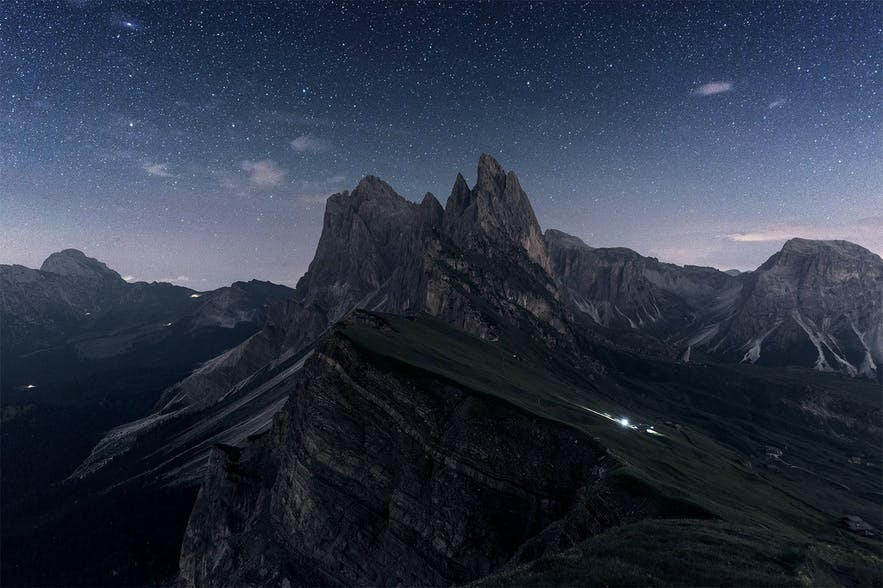
The Difference Between Monochrome and Black & White Photography
Monochrome photos contain variations of only one color and nothing else, which could be different shades of blue, green, or grey, whereas black and white photography includes the variants of the color grey ranging from complete black to pure white.
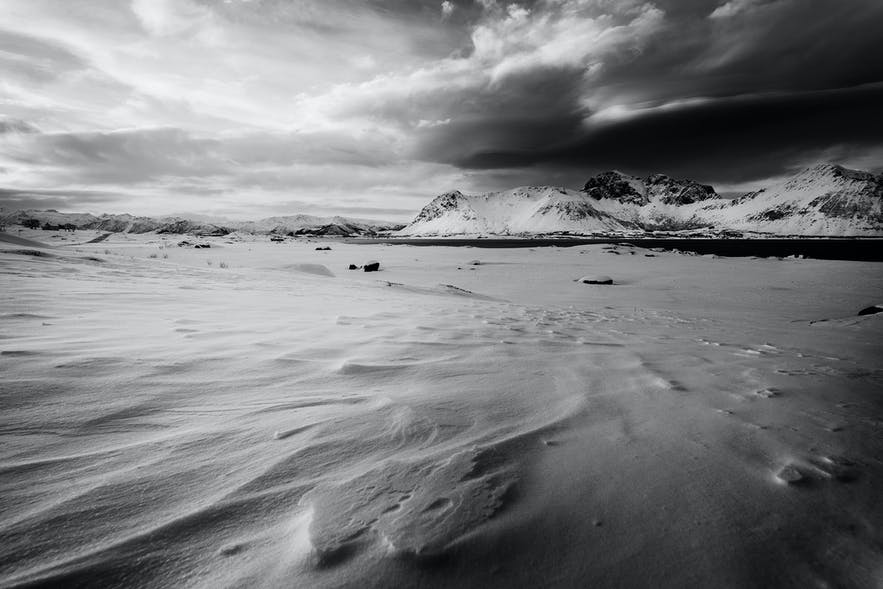
Now, as we have got a basic understanding of what monochrome photography is, here are some of the best tips and advice for creating beautiful monochrome photographs, both in-field and in post-processing.
1. Study the Scene
Before going to shoot a monochrome picture, you need to plan appropriately if you want to capture some great monochrome photos. If the sky is not so exciting or the sunset or sunrise isn’t that great, many monochrome photographers see the version of their pictures as the back-up version. These pictures have not been created with monochrome in mind. As such, most of the time, you’ll find them not that much interesting.

2. Look for Scenes that Fit
You are training your eyes to see a picture in monochrome needs much practice. You may also fail in the starting, but the goal is to always look for scenes that work better in monochrome than in color. However, it’s not so easy to do since we are obsessed with colors, but with time and experience, you will surely achieve the desired results.
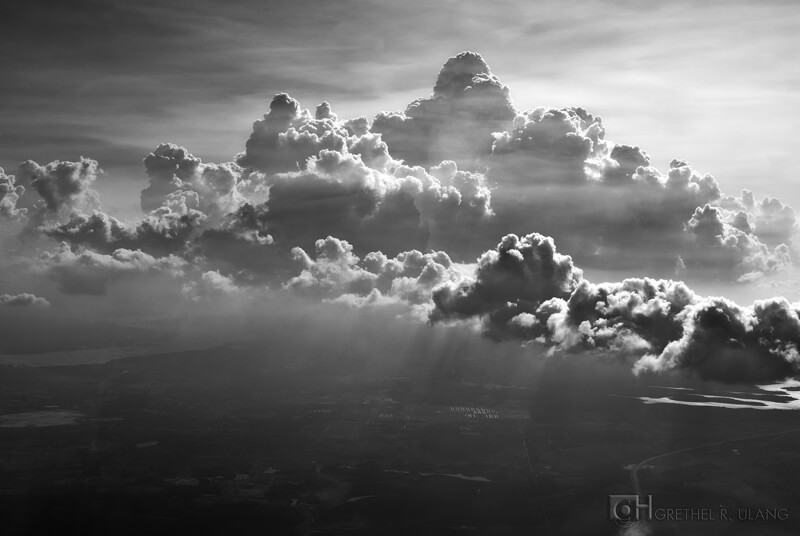
3. Shoot RAW
This is a practical tip that takes you beyond shooting the monochrome photos. By shooting in the RAW format, you have to work more on the file in post-production afterward to maintain the image quality and to reduce the risk of artifacts. The RAW form, however, stores a lot more details and information than JPEG.
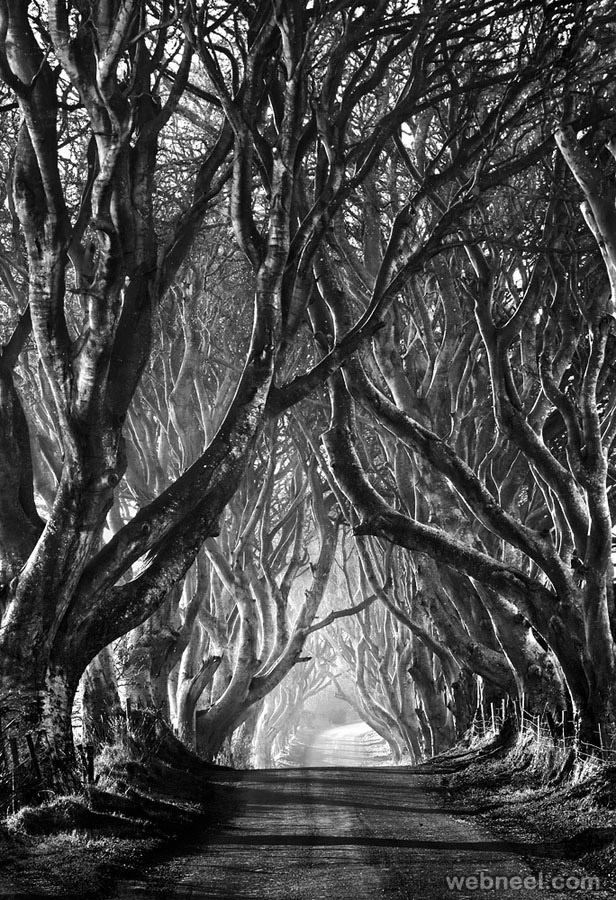
4. Use Filters
To make yourself play with the shutter speed, you may need to use some graduated neutral density (GND) or solid neutral density (ND) filters. You should always keep a kit of ND filters in your bag with you. An ND8, ND64, and ND1000 are some great places to start your journey to get a more extensive choice when it comes to selecting an exposure time.
5. Enhance the Contrasts
With the help of monochrome images, try to stretch the histogram as much as you can. Sometimes, just clicking a bit of the highlight or keeping the shadows dark might be sufficient. With the monochrome look, it is recommended to give your photo much contrast to place the prominence on the lines and shapes of your subject.
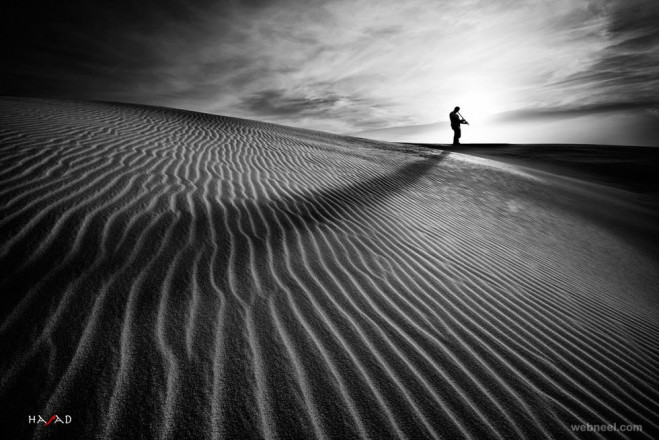
So as you can read in this article, monochrome photography is one of the most exciting techniques to look at when it’s done well. It provides you a chance to convey your emotions more, to play with lights and shadows, and endless shades of a single color. This might convince all the monochrome photographers to improve their photography.

